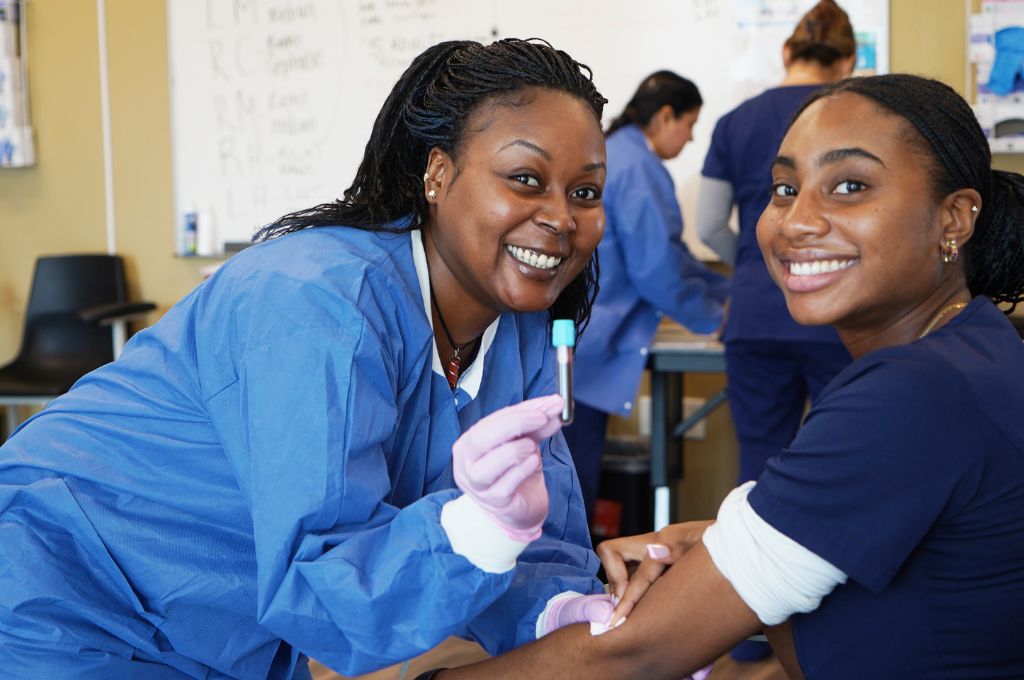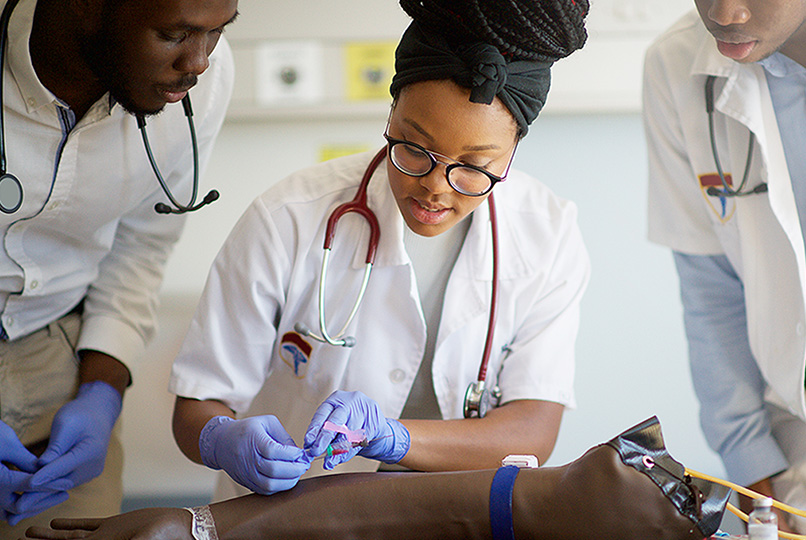In the intricate network of healthcare vocations, phlebotomy holds a pivotal role in patient care and diagnostic accuracy. This blog post presents a detailed guide for those aspiring to join this essential field of healthcare, outlining what you need to know about phlebotomy training, from the rationale behind choosing this career path to the potential for future advancement.
Introduction
Phlebotomists are the professionals who draw blood from patients for medical testing, transfusions, or donation. Their skill in venipuncture—a procedure that must be conducted precisely and compassionately—is crucial in ensuring the accuracy of laboratory tests and overall patient safety. Thus, their role is not merely technical but also greatly impacts the quality of patient care.
Why Choose Phlebotomy Training
For those contemplating a career within healthcare, phlebotomy offers a unique blend of direct patient interaction and technical expertise. With an escalating demand in healthcare services, the prospects for secure job opportunities in phlebotomy are on the rise.
Being a stepping stone into the healthcare industry, phlebotomy can serve as a springboard for those who aim to eventually transition into more advanced medical roles.

Training Requirements
A career in phlebotomy typically begins with a post-secondary non-degree award or certificate. Many community colleges, vocational schools, and technical institutions offer phlebotomytraining programs.
Prospective phlebotomists must complete an accredited program and, in many instances, obtain certification. The certification bodies, such as the National Phlebotomy Association, require candidates to pass an exam that validates their knowledge and skills.
Training Process Overview
A comprehensive phlebotomy training program includes:
Classroom training
Here, students learn the theoretical aspects of phlebotomy, including anatomy, physiology, blood collection techniques, and safety protocols.
Hands-on practice
Students must develop their venipuncture techniques using training aids, culminating in proficient, hygienic, and ethical blood collection methods.
Clinical experience
Practical training in a clinical environment is essential for aspiring phlebotomists to familiarize themselves with the workflow and develop confidence in dealing with real patients.
Skills and Techniques Taught
During training, phlebotomists learn a variety of skills such as:
- Venipuncture: The correct techniques for drawing blood, suitable for patients of different ages and health conditions.
- Specimen collection: Proper handling and labeling of blood samples to ensure they remain viable for testing.
- Patient interaction: Communicating effectively with patients to ease their concerns and provide a comforting environment during the procedure.
Career Advancement Opportunities
Certified phlebotomists may opt for specialization in areas such as donor phlebotomy or pediatric phlebotomy. They may also choose to further their education to become medical laboratory technicians or technologists, opening up a wider array of opportunities within the healthcare domain.

Conclusion
If you are considering a career in phlebotomy, know that it presents a gateway to both a fulfilling occupation and the broader healthcare landscape. The demand for skilled phlebotomists is continual and growing, making now an excellent time to explore this profession.
We encourage you to seize the opportunity to make a beneficial impact on patient care and healthcare outcomes. Start your training today and draw your future in the inspiring realm of healthcare science.
